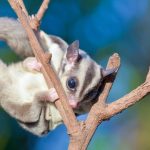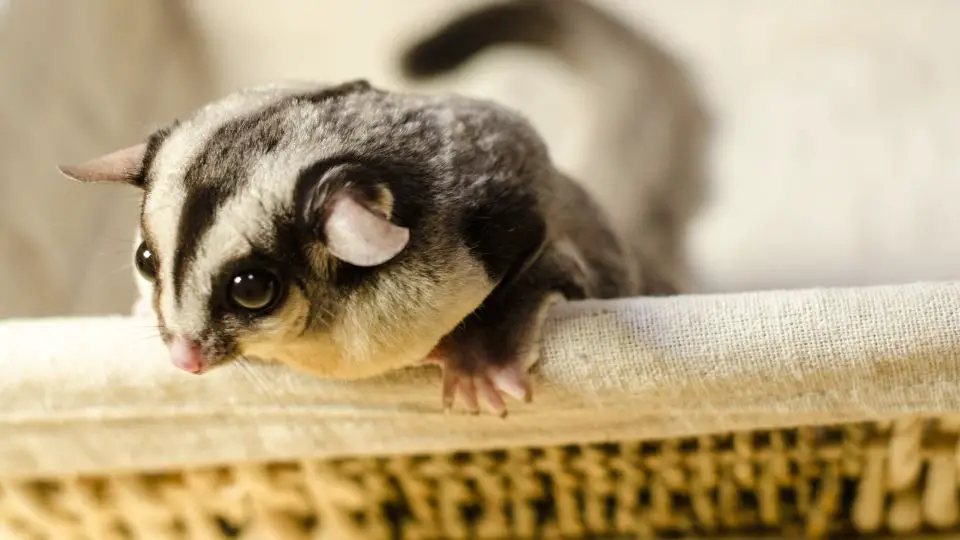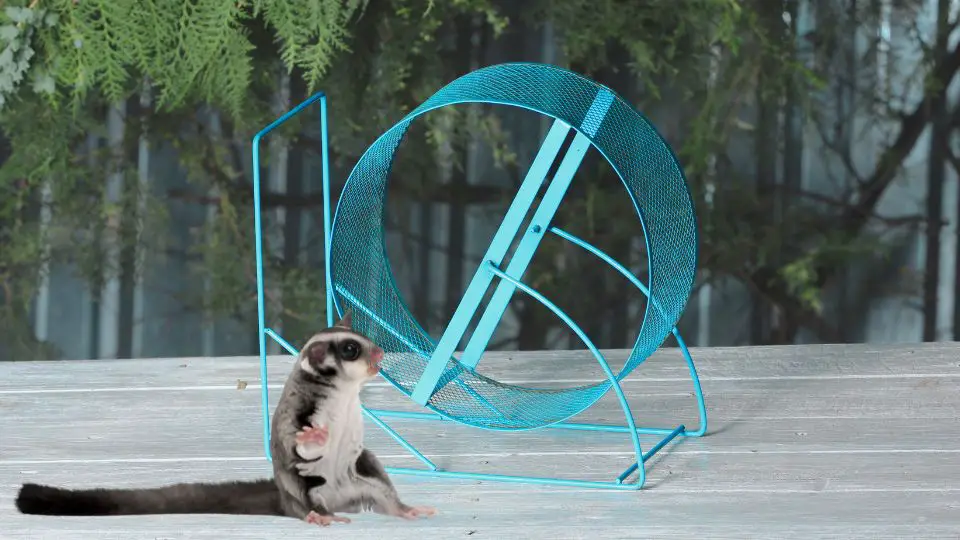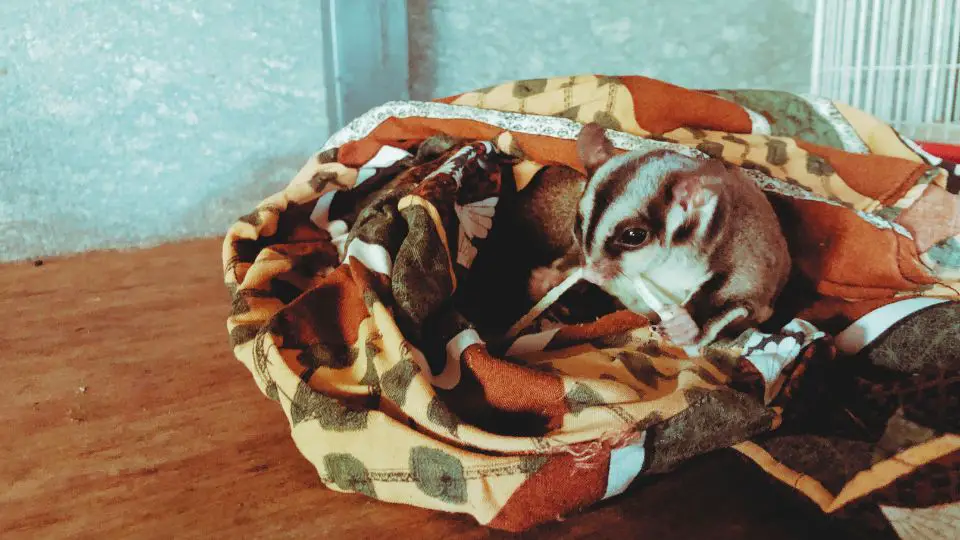Sugar gliders are called a “pocket pet” in the sense that they are often kept in bonded pouches during the day. While Sugar Gliders need a lot of care and aren’t suitable as pets for the great majority of people, they may be the perfect pet for you! When choosing a pet, consider whether or not the animal will fit into your lifestyle. You should evaluate whether or not your potential pet is nocturnal, since this is an important aspect.
Keeping a nocturnal or crepuscular pet will not be an issue if you have a busy schedule during the day. If you need a good night’s sleep or don’t have time to play with and care for your pet in the nights, a diurnal pet, or one that is active during the day would be a better choice.
Sugar gliders are nocturnal animals. They are very active at night. This suggests that they want to sleep all day and may be tempted to jump about in their cage or enclosure at night to get some exercise. You won’t have to worry about tiptoeing around a sleeping glider during the day since they may sleep extremely deep, and some owners have noted that they can be difficult to be awakened from a deep slumber.
Why are sugar gliders nocturnal
While sugar gliders are adorable to humans, they look like a tasty meal to other animals, particularly those in the wild. Sugar gliders have developed in a variety of ways to avoid being eaten by predators.
Let me give you a crash course on animal sleeping patterns if you’re unfamiliar. There are many distinct sleeping habits, however a pet may exhibit diurnal, nocturnal, or crepuscular behavior:
- diurnal: active throughout the day, such as people;
- crepuscular: active during twilight and dusk, such as ferrets;
- nocturnal: animals are those that are active at night, such as owls.
Sugar gliders’ ability to go nocturnal is a tactic they use to keep predators at bay. Many sugar glider predators are diurnal, which means they are mostly active during the day.
Sugar gliders often construct nests in trees in the wild. They will bunker down during the day, when many of their predators are on the move and hunting, until they have found a secure location to sleep.
Sugar gliders will continue to be nocturnal as pets. As a good guardian of your suggies, you must keep a few things in mind.
Many owners wonder whether it is possible to adjust the hours that their sugar glider(s) sleep. It is logical that an owner would wish to modify this and spend more time with their pet since they sleep largely during the day and are boisterous at night.
While it is feasible to modify their sleeping habits, doing so is neither desired nor optimal for their health. They evolved to be nocturnal creatures, and as a result, their internal circadian cycles correspond to the rising and setting of the sun.
Sugar Glider Sleeping Habits
Sugar gliders do not have set schedules nor do they need clocks. They wake and sleep based on their perception of whether it is day or night.
Sugar gliders sleep for around 12 hours every day. If you rely on natural light to help your sugar gliders maintain their habit, this time may fluctuate as the seasons change.
Remember that each sugar glider is unique, but most sugar glider owners say that their suggies mostly follow this 12-hour cycle. However, just as some individuals need a lot more sleep than others, the period of sleep your sweet sugar gliders require will be the same.
Sugar gliders need 12 hours of sleep every day, give or take a few hours. They will start waking up when it starts to get dark and then go back to sleep when it starts to become light.
So, when are sugar gliders awake? This may vary throughout the year depending on where you live and the amount of natural light they get.
If you have a pet sugar glider, don’t disturb him during their typical sleeping hours or they’ll require a siesta throughout the night. Finally, make sure your sugar glider has something to do while they’re awake. Sugar gliders are sociable creatures and perform best when they live with others.
While most sugar gliders will end up choosing sleeping pouches, not all will. If your darling companion hasn’t reached that stage yet (or never does) that is alright! Fleece sleeping pouches are often more comfy for your sugar gliders and simpler for you to clean.
Where Do Sugar Gliders Sleep?
Sugar gliders normally don’t sleep alone in the wild. In fact, sugar gliders frequently sleep in groups rather than simply pairs. They are gregarious creatures, therefore it’s not unusual to discover a group of 10 adult sugar gliders all sharing a nest together.
At home, sugar gliders are more than eager to rebuild their nests in their cages. As they prefer to line their nests with twigs, leaves, and soft feathers, you should attempt to supply them with some equipment that they may use to produce the same effects. For example, little bits of cloth and a few strips of newspaper may build a nice soft nest, and some wool will give warmth and comfort.
Ideally, the companionship of another sugar glider will make them feel most satisfied. They also appreciate the sensation of intimacy while next to their family members but they may also feel pleased being curled up in your pocket or in a pouch around your neck where they will feel protected. Feeling the warmth, and pulse, of a family member, whether human or another glider, helps them feel most comfortable.
A decent enclosure will contain room for a specialized nest box, potentially housed on a higher level than the others. There should be a tiny hole to enable the glider to enter and no other opening so the glider will feel comfortable while it naps. Once filled with bedding material, the glider may form a lovely mini boudoir, secure from prying eyes or any dangers. Of course, the top might be removed to aid you while cleaning the cage.







